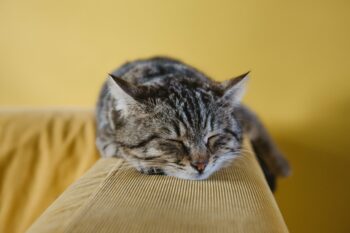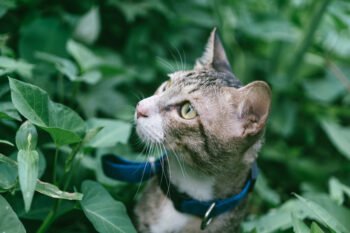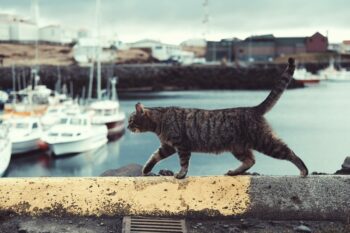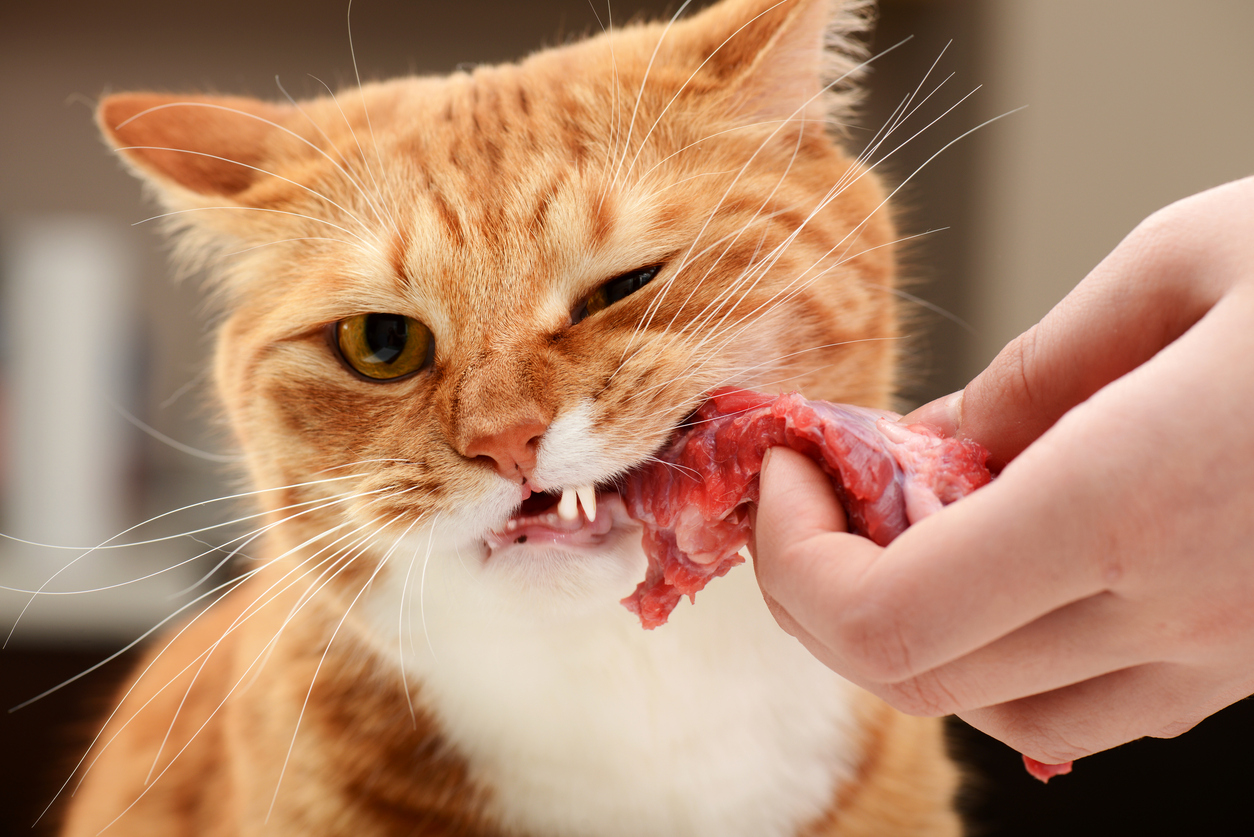Good nutrition is as important to your cat as it is to you, but your
cat’s nutritional needs are quite different! Unlike humans, a cat needs
a high-fat diet with less fiber. Even if you prefer a vegetarian diet,
cats are carnivores. They need animal protein and fat for optimal
health. Your cat also benefits from fiber for a healthy digestive tract
and carbohydrates for energy.
But with thousands of pet foods available, how do you pick the one that’s right for your cat?
Life Stage and Lifestyle
Start by identifying the cat’s
life stage and lifestyle. Kittens, nursing mothers and mature pets are
examples of life stages and each has different nutritional
requirements. All cat foods should state which life stage they are
recommended for.
Nutritional needs also vary depending on lifestyle. A cat that’s
primary activity is guarding the couch doesn’t need as much energy as
one that likes to spend time roaming outside.
Finally, it is important to take into account any special medical
conditions that your cat might have, such as food allergies, which may
require a special diet recommended by your veterinarian.
Dry or Canned?
Once you’ve determined your cat’s life
stage and lifestyle needs, decide whether to feed dry or canned food.
Most cats thrive on only dry food. This type of food promotes oral
hygiene and health through abrasive action. On the other hand, some
cats, especially finicky eaters, prefer the smooth and wet texture of
canned food.
Remember that, while dry food can be left in a bowl all day, canned
food should be thrown away after 30 minutes if not eaten. Dry food is
the best choice for busy people who are not normally home during the
day.
Once you know your pet’s nutritional needs and your pet’s preference, you are ready to go shopping.
Comparing Labels
Because cats need the nutrients found in
animal sources like meat, it’s best to pick a food in which a primary
ingredient (one of the first ones listed) is an animal-based protein
source like chicken, lamb, fish, egg or one of their by-products.
These ingredients contain all the essential amino acids which aren’t
found in a vegetable-based protein source.
Using a combination of carbohydrates in a diet, such as corn meal or
barley and grain sorghum ensures efficient absorption and helps
maintain energy levels. And beet pulp is an excellent fiber source and
promotes a healthy digestive tract.
For a soft, thick coat and healthy skin, your pet needs fatty acids
like those found in vitamin-rich fish oils and quality fat sources such
as chicken.
Price Comparison
When choosing food, the price on the bag,
while important, is usually not the best consideration. Low price may
indicate cheap ingredients, or ingredients that change as manufacturer
costs fluctuate.
In addition, many lower-priced products have higher daily portions
to provide the same amount of nutrition found in a high-quality diet.
To get a better idea of cost, it is the cost per feeding, not the total
cost, that counts. To figure cost per feeding, divide the total cost by
the number of days the product lasts. For example, for a 20-lb. bag of
food that costs $18.99 and last 30 days, the cost per feeding is $0.63
per day. For a 20-lb. bag that costs $15.99 and lasts 20 days,
the feeding costs $0.80 per day. So, focusing on the cost per feeding
shows you the real price of each meal.







